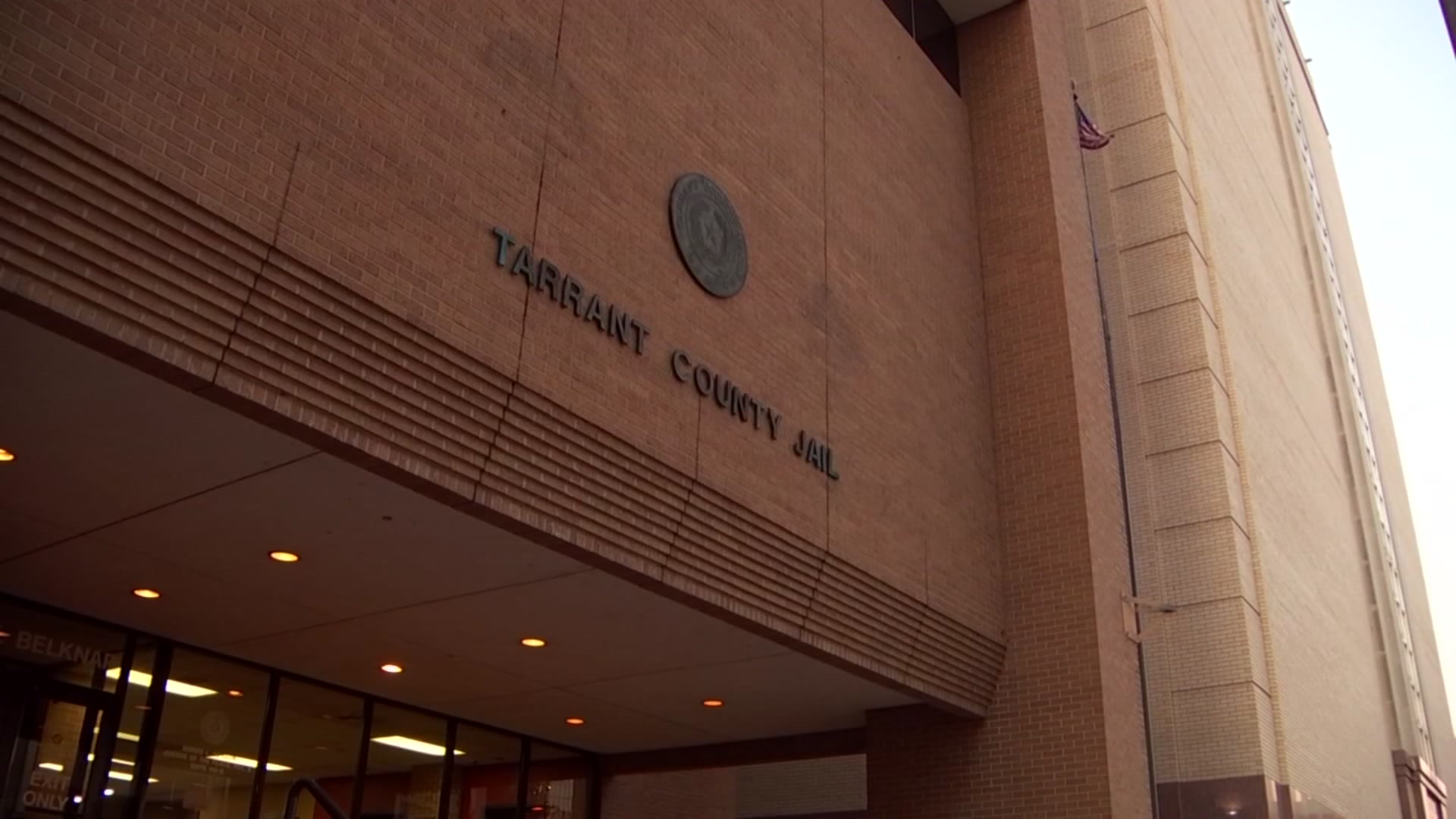Grappling with a three-year drought, a North Texas city is awaiting word from the state to re-use wastewater, including some from toilet flushes, for drinking.
Mother Nature's been stingy with Wichita Falls, a city of about 104,000 near the Oklahoma border that's about 34 inches behind on rainfall over the past three years. At the end of February, Wichita Falls had recorded its driest 41-month period since record keeping began in 1897.
The dire situation is fallout from Texas' driest year ever in 2011. Since then, rainfall has been more plentiful in the eastern half of the state. When it fell in the western half of the state, the precipitation didn't fall into lakes' watersheds.
Conservation by Wichita Falls residents has water usage down by about half in the past year, said Russell Schreiber, the city's water utilities director. But that can only go so far.
"The point is we're trying to keep people with a viable supply of drinking water," he said.
The city turned to an idea that garnered attention three years ago in West Texas, where a water supplier began constructing a wastewater re-use plant in Big Spring, about 235 miles southwest of Wichita Falls. Similar plants have been operating for years in Tucson, Ariz., parts of California and in other countries.
The wastewater re-use program will save a third of residents' current daily usage, Schreiber said. Fifty percent of the water would come from toilets, dish and clothes washers, and sinks, showers and baths.
Local
The latest news from around North Texas.
One Wichita Falls woman resident can't get past consuming water that would in part come from toilets.
"Honestly, would anyone be OK drinking potty water?" House of Flowers owner Karen Gibson said. "For my plants, that would be no problem. That would be a fertilizer, so to speak. I don't think it could be any good for anybody" to drink.
Wichita Falls completed testing last month that showed no problems, Schreiber said.
Texas Commission on Environmental Quality spokeswoman Andrea Morrow said the agency has 30 days from receipt of a complete report to rule on the project. The city, which submitted its report March 28, would become the second in the state to use such a process; Big Springs' Colorado River Municipal Water District began using its system last May.
If approved by state regulators, the re-use project will blend the wastewater with 50 percent from the city's two reservoirs -- Lake Arrowhead and Lake Kickapoo -- in a four-step treatment method. The lakes were a combined 26 percent full April 7.
Texas' water suppliers are required to submit drought contingency plans specific to their situations to the TCEQ. The plans map out what conditions trigger specific restrictions, most of which pertain to limits on days and times people can do outdoor watering. The limitations become more severe as drought worsens. The drought plans are not uniform, so it's difficult for the state to accurately compare restrictions, Morrow said.
City leaders also are looking at imposing rare Stage 5 water restrictions, which could prohibit filling outdoor swimming pools and curtail car washes. The city council will consider the step Tuesday, and could start the restrictions by June 1, Schreiber said. Fines can reach up to $2,000.
Wichita Falls is also part of a cloud seeding operation that Schreiber said added rain to the half-inch that was forecast for March 15. A plane fired salt-based flares into the sky, which brought 3 inches of rain to some areas around the city. Unfortunately, much the precipitation missed the lakes' watersheds, he said.
The drought's lasting effects are widespread in Texas. About 64 percent of the state is in some stage of drought, compared with 89 percent at this time last year and 98 percent in 2011.
As of April 10, 1,143 of the state's 4,642 water suppliers are under voluntary or mandatory restrictions. And estimates showed 31 public water systems with fewer than 90 days of water remaining; seven estimate they have fewer than 45 days.
Reservoirs across Texas are 65 percent full, the lowest amount for this time of year since 1990. Normal for this time of year is 84 percent full.
In the Austin area, the two lakes managed by the Lower Colorado River Authority that supplies water to more than a million people, industry, businesses and agriculture, are a combined 37 percent full. As of March 1, customer cities and industries were limited to watering lawns once a week with sprinklers and irrigation systems.
Forecasters say an El Nino weather pattern in the Pacific, one that brings more moisture, could help the state out by fall and into winter. And Texas' wettest months are coming soon, May and June.
But the year isn't shaping up to be as dry as 2011, which was also exceptionally hot. Wichita Falls had 100 days of temperatures over 100 degrees, a record.
"That drought in 2011 just crushed us with record temperatures," Schreiber said. "We've never had any relief the last three or four years."



